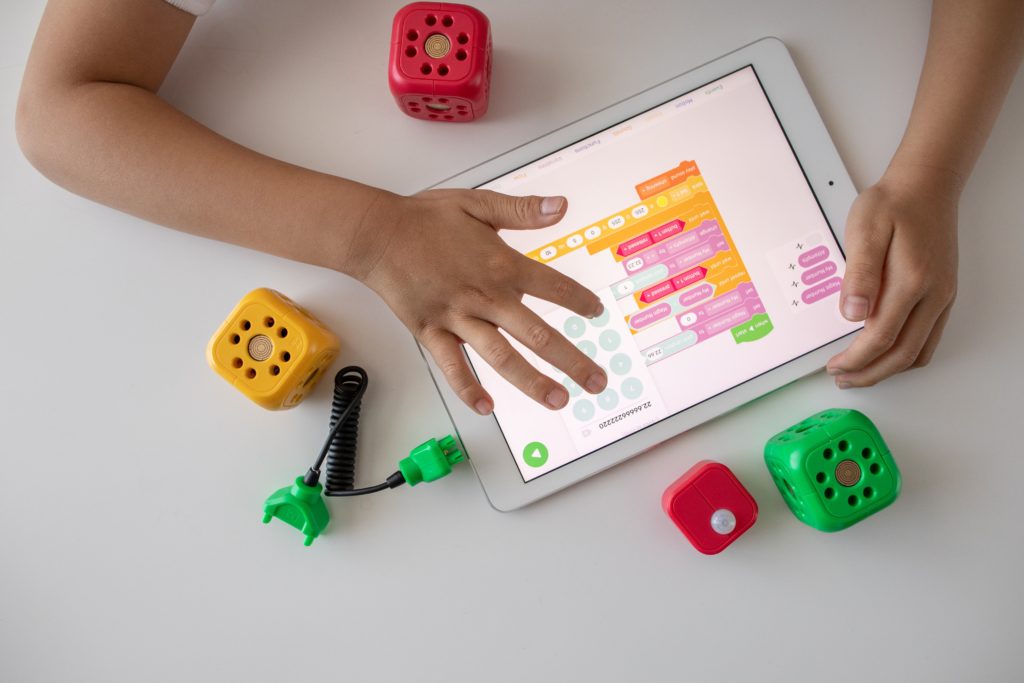Lessons for Kids – How to Keep Them Engaged Whilst Learning

This post is also available in:
![]()
![]()
![]()
![]()
Learning can be complex and challenging for younger children due to their short attention spans. Due to this, it makes it even more difficult for a tutor to teach as the child is less likely to be engaged in learning for lengthy periods without regular breaks. Being a tutor or homeschool teacher means you have to cater specifically to that individual rather than an entire class. This means that the focus is solely on one child’s learning, which can put a lot of pressure on them, especially when these learning circumstances are usually for shorter and more intense periods.
The first step in teaching kids and catering for their needs is to get to know them, know their personalities, what they like and don’t like, and how they want to learn. Do they like to learn by watching, learn by doing themselves? Are they independent learners, or do they like to learn through others? Observing these qualities is essential as it can make your job as a tutor that much easier. Besides this, if you want to create an engaged learning environment, you must learn how to tell when they are not engaged.
How to Tell When Kids are not Engaged:
1. Attention Span
It’s crucial for anyone teaching children to know they have short attention spans. Whether you are a parent trying to teach homework, or a tutor or teacher, it’s crucial to find out how much each child can tolerate. Depending on the age, the average attention span varies significantly. Multiple factors can contribute to a child being outside the average age range.
- 2 years old: 4-6 minutes
- 3 years old: 6-8 minutes
- 4 years old: 8-12 minutes
- 5-6 years old: 12-18 minutes
- 7–8 years old: 16-24 minutes
- 9–10 years old: 20-30 minutes
- 11-12 years old: 25-35 minutes
- 13-15 years old: 30-40 minutes
- 16+ years old: 32-50+ minutes
Source: CNLD Testing & Therapy
It’s important to note that a child’s attention span may also vary depending on the type of task and type of learning required.
2. Body Language
As always, each child is different and learns in their own way, but body language could be a key player in determining if a child is engaged in learning or not. Some key signs to look out for are eye contact, if they are dull and unfocused, looking at the wall or into the distance. If so, it is more than likely that the child is not paying attention. On the other hand, if a child is looking alert and following your movements, it’s an indication that they are engaged in the learning process.
3. Facial Expressions
Another indicator is facial expression. Children are significantly more likely to show their true feelings through facial expressions. If a child’s facial expression looks as if they are uninterested and bored, or daydreaming, then they are likely not following the lesson and are disengaged.
4. Posture
Posture is a standard indicator of a person’s engagement. Although in younger children, it’s slightly more challenging to read in comparison to older kids of five years and above. If the child slouches over the desk, they may be tired and trying not to fall asleep. An engaged child would be sitting upwards and not slouched. One method to get around this is to get the kid active by moving around the classroom.

5. Fidgeting
Although kids are prone to fidgeting and not sitting still, it’s also an indicator of disengagement in learning. If they are tapping their foot or moving their hands, tapping a pencil or doodling, these are all factors of being uninterested or not engaged in the activity.
It’s essential to look out for these critical factors that can help you understand when a child is not engaged in the task. Now that we’ve established what signs you can look out for when a child is not engaged, it’s time to see how you can try to keep them engaged whilst learning.
Tips to keep children engaged when learning
1. Create Goals
By asking kids to make their own goals that align with their learning, it motivates them to achieve these goals. If they work towards a goal they have set, they are more likely to be interested in achieving it. There could be a set of goals which would combine together to achieve an ultimate goal in smaller steps.
Breaking bigger goals into smaller achievable steps helps motivate the individual toward the learning process. If they are only working towards one big goal, it can be demotivating when something doesn’t go as planned. Therefore, creating smaller goals and working towards the big goal allows the individual to be more engaged in learning as they slowly achieve each goal.
This doesn’t mean that every goal will be achieved and everything will go according to plan. It most likely won’t. Instead, it’s essential to try to ensure the goals are achievable. One effective method of setting goals is the SMART methodology. It stands for Specific, Measurable, Achievable, Relevant and Time-bound. Using such a method will help the student, and those around them understand the goals and ensure they can obtain them.
2. Make a Routine for Learning
An essential aspect of motivating children to learn is having a routine. As seen in schools since the beginning of time, there has always been a schedule – when each class is, when breaks and lunches are, and when ‘school’ finishes. This is because kids thrive when in routine. Therefore it’s important to consider having a learning routine for tutoring or home learning.
It can benefit children when they are aware of what will happen throughout the day. Things like knowing what the next task or activity will be and when there will be a break and reminding them of time limits such as “there are 10 minutes left of this task before we have a 10-minute break”. This can be highly motivating for children as they feel comfort in knowing what’s next.
A good idea for tutors is to create a booking page where you can input your available working hours, allowing the client to choose which time works best for their child to learn. This can help with the learning engagement of the child if they have a regular session which becomes part of their routine.
3. Add Regular Breaks
As with anyone of any age, learning can be seriously overwhelming and overstimulating; this is especially true in children. Going back to short attention spans, there must scheduled regular breaks to allow them to rest between tasks and activities. Frequent breaks will enable them to reset their brain and rest before the next activity, as continuous learning can be overwhelming and tiring. Regular intervals are needed to keep them engaged in learning; otherwise, they will become bored, tired and uninterested in the task.

4. Passion Project
A passion project is an excellent idea when wanting a child to learn something but enjoy it simultaneously. It’s essentially when a child gets to choose a topic they can research and learn about and make some kind of project out of it. Usually, these passion projects include lots of arts and crafts, games, drawing, colouring and modelling to create a big project about a theme they are passionate about. Some common themes are dinosaurs, space, animals, modes of transport, cartoon characters etc.
Such a project gives children something which takes time to work on; usually, these can take weeks or even months to complete depending on the theme and depth of the project. It can be a fun way to inspire children to learn and engage in learning. Because they choose the theme, they will want to know about it and enjoy the learning experience.
5. Celebrate Progress
Whilst working with any child in a learning environment, celebrating all progress, not just the milestones, is essential. For example, working on a passion project for a month takes considerable time, and without any celebration, it can become demotivating. Therefore it’s always good to celebrate any progress and not just focus on things like report cards.
Things like sticker charts and golden time are great ways to motivate children to achieve their goals and keep working hard. On the other hand, rewarding them with things they like to do, such as playing games and craft activities, is an excellent way of keeping them entertained and engaged in learning.



Comments
0 commentsNo comments yet